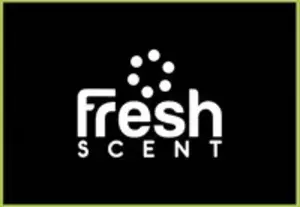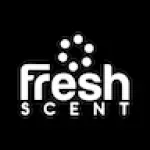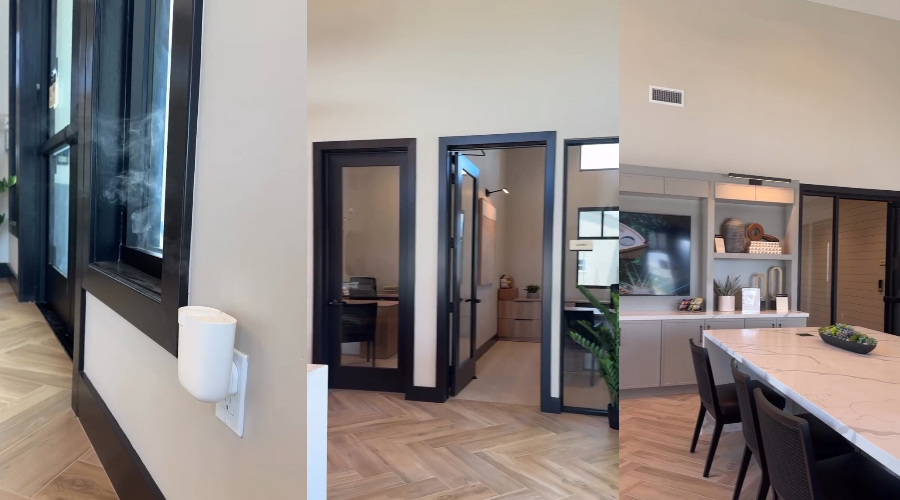The fragrance industry is constantly evolving, shaped by consumer desires, cultural influences, and rapid advancements in technology. In 2025, we saw sustainability, seasonal personalization, and wellness-focused scents dominate the conversation. But as we look ahead to the California fragrance trends for 2026, the landscape is set to transform in even more exciting and disruptive ways.
For fragrance businesses-whether you’re a brand, retailer, or supplier-staying ahead of these shifts is not optional. The companies that prepare now will capture the attention of a new generation of consumers who want more than just a “nice-smelling” product. They want scents that align with their values, lifestyles, and digital worlds.
This guide explores the 2026 fragrance trends that will reshape the California industry and gives businesses the latest business insights on what they should expect next year, including practical strategies to stay competitive.
1. Hyper-Personalized Fragrances Powered by AI
Personalization is no longer a luxury-it’s becoming an expectation. In 2026, AI-powered fragrance personalization will move from niche to mainstream.
Imagine this: A customer visits your online store, answers a few mood-related questions, connects their wearable device, and instantly receives a unique fragrance blend tailored to their preferences, hormonal changes, or even stress levels.
Why It Matters
- Consumers crave individuality: 75% of younger consumers say they prefer products that feel uniquely theirs.
- Premium positioning: Bespoke fragrances command higher prices and build brand loyalty.
- Data-driven insights: AI platforms help businesses identify new scent combinations customers may not have thought of.
Case in Point
- Ninu Perfume launched the world’s first AI-enhanced smart perfume device that lets users customize their scent daily via an app.
- Luxury brands are experimenting with AI scent advisors that analyze shopping history to recommend new blends.
Strategy for Brands
- Integrate AI tools into online shopping platforms for interactive fragrance recommendations.
- Offer tiered personalization-entry-level (guided recommendations) and premium (fully custom blends).
- Highlight exclusivity in marketing: “A scent made just for you.”
2. Sustainable and Circular Fragrance Development
Sustainability dominated 2025, but 2026 will take it further with circular economy practices-ensuring fragrance development minimizes waste and maximizes reuse.
Consumers are increasingly skeptical of greenwashing. They want proof: Where did the ingredients come from? How recyclable is the packaging? Can they refill instead of repurchasing?
Key Driver
- Eco-conscious shoppers make up over 60% of Gen Z buyers, and they research before purchasing.
- Regulatory frameworks are tightening around packaging and carbon footprints.
- Transparency builds brand trust and long-term loyalty.
Industry Snapshot
- Byredo introduced refillable perfume cases that cut down on single-use packaging.
- Firmenich is investing in upcycling food waste into fragrance notes.
How Businesses Can Adapt
- Launch refill programs (in-store refill stations, mail-back systems).
- Experiment with upcycled ingredients, such as citrus peels or coffee grounds.
- Communicate openly -include QR codes on packaging that lead to sourcing and recycling details.
3. Neuroscience-Backed Fragrances for Wellness
By 2026, the science of scent will step into the wellness spotlight. Consumers are already turning to fragrances that reduce stress, aid sleep, or boost focus. The next step is neuro-aromatics-fragrances designed using neuroscience research to elicit specific emotional and physiological responses.
The Consumer Angle
- The global wellness industry exceeds $5 trillion and is growing rapidly.
- Consumers want functional products-scents that do something beyond smelling good.
- Mental health awareness is at an all-time high, and scents tied to mood regulation resonate deeply.
Real-World Inspiration
- Aromatherapy brands now collaborate with neuroscientists to validate claims.
- Functional perfumes such as “energy-boosting” morning blends or “focus” scents for remote workers are gaining traction.
Practical Application
- Partner with wellness experts to back your products with credible research.
- Expand product categories-offer fragrances as candles, room sprays, or wearables.
- Market functionality clearly: Instead of “fresh floral,” say “formulated to enhance focus.”
4. Digital and Metaverse-Ready Fragrance Experiences
The rise of digital retail has always challenged fragrance brands-how do you sell a product people can’t smell online? By 2026, digital scent technology will move from futuristic to functional.
Metaverse-ready experiences will let customers preview scents through immersive AR/VR shopping, and digital scent diffusion devices will make online sampling more engaging.
Market Impact
- E-commerce accounts for an increasing share of fragrance sales.
- Reducing returns and improving confidence in online purchases are critical.
- Younger audiences expect interactive, tech-driven shopping.
Current Innovators
- OVR Technology is developing digital scent wearables for VR.
- Retailers are experimenting with scent sample cartridges shipped alongside digital previews.
Action Steps
- Adopt AR try-ons combined with scent storytelling.
- Offer hybrid sampling: free digital preview + optional mini vial shipped.
- Experiment in virtual showrooms where customers can “walk through” fragrance worlds.
5. Global Fusion and Cultural Storytelling
2026 will see fragrances inspired by cross-cultural narratives and indigenous traditions. Gen Z and Gen Alpha consumers value authenticity, diversity, and heritage. They want perfumes that tell a story, not just project a scent.
Why It Resonates
- Cultural curiosity is rising as travel and global exposure increase.
- Story-driven products create emotional resonance and brand loyalty.
- Niche and artisanal fragrances with cultural roots are gaining premium recognition.
Case Study
- Maison Crivelli builds perfumes around personal travel memories.
- Indigenous collaborations bring regional botanicals into global markets.
How Brands Can Respond
- Partner with local artisans and communities for authentic sourcing.
- Build narratives around heritage: “Inspired by the spice markets of Morocco” or “Rooted in Himalayan botanicals.”
- Use multi-sensory storytelling-blend video, sound, and scent in marketing campaigns.
6. The Rise of Functional Home Fragrance
Home fragrance will no longer be just decorative. By 2026, expect a surge in functional diffusers and smart home integrations. Scents will sync with routines-energizing notes in the morning, relaxing ones at night.
Why Consumers Want It
- Remote work and hybrid lifestyles keep people at home longer.
- Consumers want “wellness atmospheres” in their living spaces.
- Smart home tech integration (Alexa, Google Home) is expanding.
Current Examples
- Mood-enhancing smart diffusers already allow users to program scents by time of day.
- Subscription models for home fragrance are booming.
Strategy for Retailers
- Offer bundled solutions (diffusers + oils + smart integrations).
- Promote home wellness benefits in marketing: “Sleep better, focus deeper.”
- Leverage subscription models for recurring revenue.
Final Thoughts
The fragrance industry in 2026 is moving toward deeper personalization, stronger sustainability commitments, and immersive experiences. From AI-driven scent customization to neuroscience-backed wellness blends, businesses in California have the latest business insights and a wide range of opportunities to innovate.
The winners will be those who:
- Anticipate consumer needs early.
- Embrace technology instead of resisting it.
- Stay authentic in storytelling while adopting sustainable practices.
By preparing now, your business can position itself as a trend leader rather than a follower, ready to meet the demands of 2026’s fragrance-forward consumers.
Discover what’s shaping the California fragrance trends for 2026. Request your Free Trial Samples and experience it yourself.


